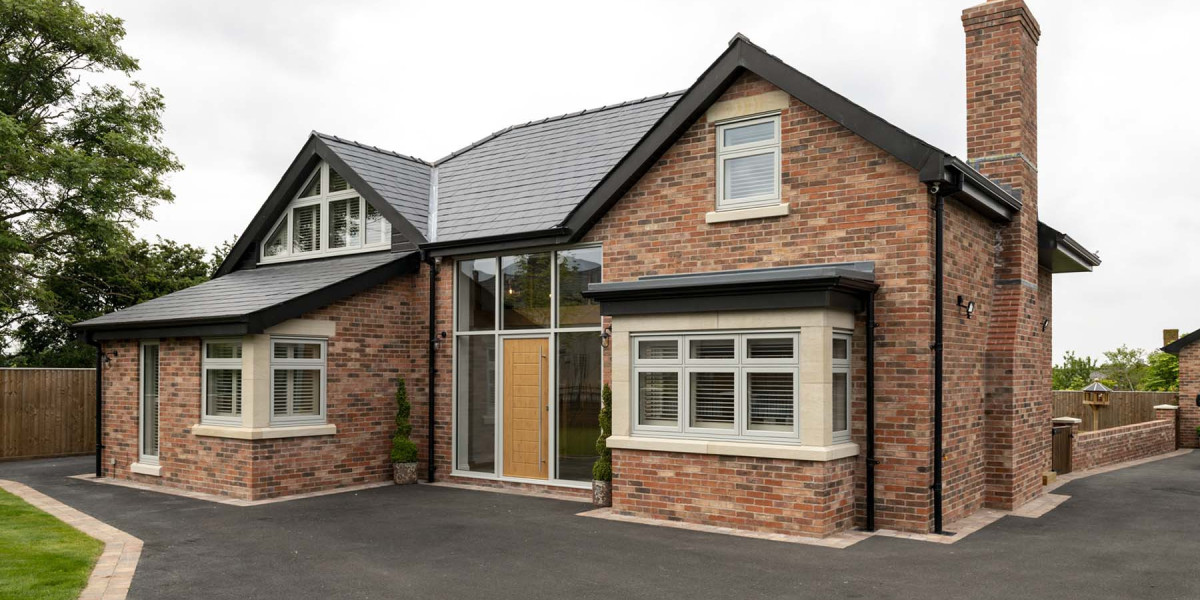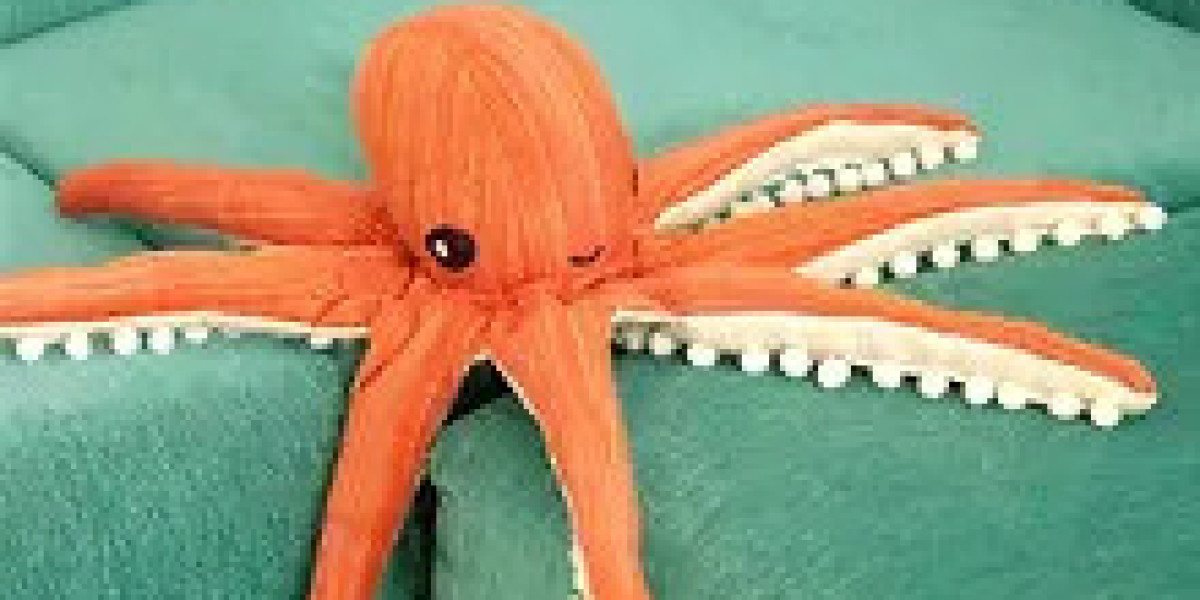Concentric cable is a specialized type of electrical power cable characterized by its unique construction: a central core conductor (usually aluminum or copper) surrounded by a helically wound layer of one or more neutral conductors. This design provides mechanical strength, electromagnetic balance, and added safety for low- and medium-voltage electrical systems.
Why is Concentric Cable Important?
Concentric cable is essential in applications where stable grounding, tamper resistance, and load balancing are critical. It’s widely used in:
Utility distribution networks
Residential service drops
Street lighting
Industrial and commercial installations
It ensures minimal voltage drop, better fault resistance, and streamlined installation, making it a cost-effective solution for urban and rural electrical systems.
Key Features of Concentric Cable
| Feature | Details |
|---|---|
| Construction | Central conductor, insulation layer, concentric neutral, outer sheath |
| Conductor Material | Copper or aluminum |
| Voltage Range | Typically from 600V to 35kV |
| Neutral Configuration | Spiral-wound bare or insulated conductors |
| Insulation Types | XLPE, PVC, PE |
| Shielding | Optional, depending on use case |
Applications of Concentric Cable
Concentric cables are used across a range of sectors due to their robustness and performance consistency:
Urban Electrical Grids
Reduce phase imbalance and help in efficient load distribution.Rural Electrification Projects
Provide safe and stable transmission even in long-distance runs.Smart Metering Systems
Secure and tamper-resistant design makes them ideal for AMI (Advanced Metering Infrastructure).Substations and Distribution Boxes
Support effective current return path and grounding.
Benefits of Using Concentric Cable
✅ Enhanced Electrical Balance
The symmetrical design minimizes magnetic interference and maintains system stability.
✅ Safety and Tamper Resistance
Difficult to breach without detection—ideal for environments where meter bypassing or theft is a concern.
✅ Simplified Grounding
The concentric neutral serves as a built-in ground, eliminating the need for separate grounding wires.
✅ Mechanical Durability
Strong against tension, bending, and environmental stress.
✅ Reduced Electromagnetic Interference (EMI)
Perfect for sensitive installations like telecom and instrumentation.
Construction Breakdown: Inside a Concentric Cable
Here’s a step-by-step breakdown of how a concentric cable is built:
Central Conductor:
Usually copper or aluminum, responsible for carrying current.Insulation Layer:
Typically made from XLPE (Cross-linked Polyethylene) or PVC, ensuring electrical isolation.Concentric Neutral Conductors:
Helically wound neutral wires around the insulation—also act as grounding.Optional Inner Sheath:
Sometimes added to separate insulation from neutral wires.Outer Jacket or Sheath:
Protects against moisture, chemicals, and mechanical abrasion.
Technical Specifications (Example: 600V Aluminum Concentric Cable)
| Specification | Value |
|---|---|
| Conductor Size | 1/0 AWG |
| Insulation Type | XLPE |
| Neutral Conductors | 10 AWG, 13 strands |
| Overall Diameter | 0.82 inches |
| Weight | 460 lbs per 1000 ft |
| Ampacity (90°C in air) | 150 Amps |
Note: Values can vary depending on design standards.
Compliance and Standards
Concentric cables typically meet standards such as:
ASTM B231/B232
ICEA S-95-658 / NEMA WC70
UL 854 for service entrance cables
IEC 60502 (for international installations)
Always verify local regulations and codes before installation.
Installation Guidelines
? Bend Radius:
Minimum of 8x the outer diameter is recommended to avoid damage.
? Jointing and Termination:
Use mechanical or compression connectors compatible with concentric designs.
? Grounding:
Ensure proper grounding of the neutral for safety and regulatory compliance.
? Pulling Tension:
Must not exceed the tensile rating of the conductor—use proper lubricants for long runs.
? Environmental Protection:
For direct burial, ensure cable jacket is rated for underground exposure.
Real-World Use Case
Municipal Lighting Project
A metropolitan city replaced traditional service drop cables with concentric cables for street lighting. The result:
30% reduction in theft-related outages
Improved power factor stability
Enhanced public safety and reliability
Common Materials Used
Copper Concentric Cable:
Best for conductivity, corrosion resistance, and thermal performance.Aluminum Concentric Cable:
Lightweight and cost-effective, ideal for overhead and service drop installations.XLPE Insulation:
Resistant to heat and chemicals, supports high current capacity.
FAQs About Concentric Cable
Q1: What is the main advantage of a concentric cable over a standard cable?
A: The built-in neutral and grounding provide superior electrical balance and tamper resistance, especially in metering systems.
Q2: Can concentric cables be used underground?
A: Yes, provided they have an appropriate jacket rating and moisture protection.
Q3: Is concentric cable suitable for solar installations?
A: Yes, for DC grounding and grid connection applications, but ensure voltage and insulation compatibility.
Q4: How do you test a concentric cable?
A: Use insulation resistance tests, continuity checks, and Hi-Pot testing to ensure reliability and compliance.
Q5: What's the lifespan of a concentric cable?
A: Typically 25–40 years, depending on environmental conditions and load factors.
Troubleshooting Tips
High Resistance Issues:
Could indicate corrosion or a loose neutral connection. Inspect all terminations.Voltage Fluctuation:
Ensure the neutral conductors are intact and properly bonded.Physical Damage:
Look for signs of UV degradation, abrasion, or cuts in the outer sheath.
Best Practices for Maintenance
? Regular Inspections
Check for wear, corrosion, and insulation integrity—especially in outdoor or underground settings.
? Monitor Load Balance
Periodically assess load distribution to prevent overheating or voltage drops.
? Follow Manufacturer’s Guidelines
Ensure installation and operation within the specified parameters.
Expert Tips
Use Color-Coded Neutral Wires
For easy identification and maintenance.Avoid Sharp Bends
Concentric wires may unwind or stress insulation if mishandled.Label Ends Clearly
Reduces errors during connections and improves system diagnostics.
Industry Insight: Why Engineers Prefer Concentric Cable
Electrical engineers and utility providers prefer concentric cable because it offers:
Simplified phase-to-neutral layouts
Built-in safety features without extra components
Efficient fault detection and isolation capabilities
Compatibility with smart grid infrastructure
In the context of smart cities and IoT-integrated grids, concentric cable plays a vital role in secure and intelligent energy distribution.
Summary Table: Concentric Cable at a Glance
| Attribute | Details |
|---|---|
| Voltage Rating | 600V to 35kV |
| Primary Uses | Utility, service drops, lighting |
| Insulation | XLPE, PVC |
| Neutral Design | Helically wound wires |
| Safety Feature | Built-in grounding |
| Durability | High mechanical and thermal strength |








